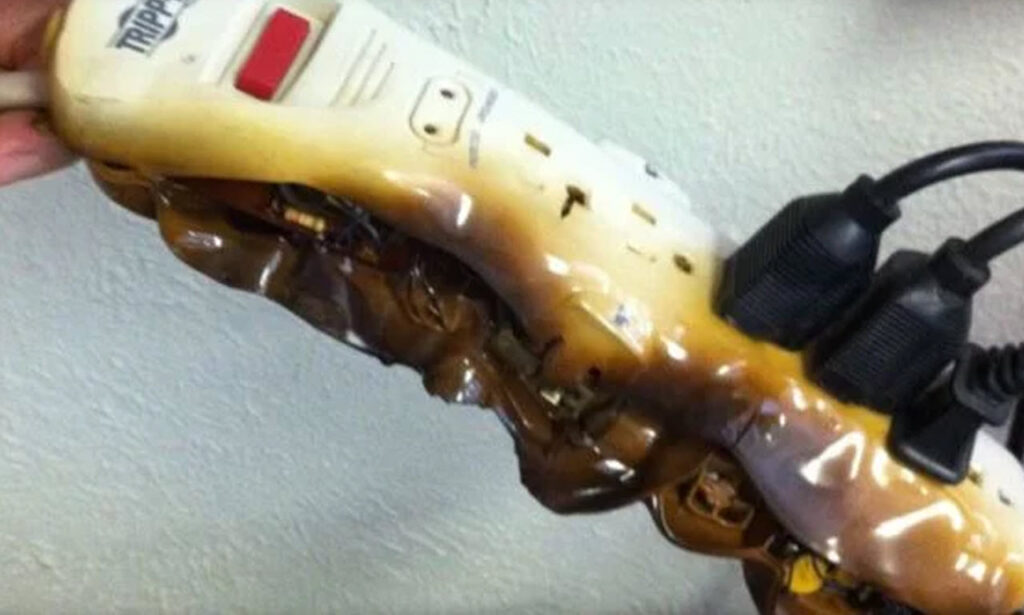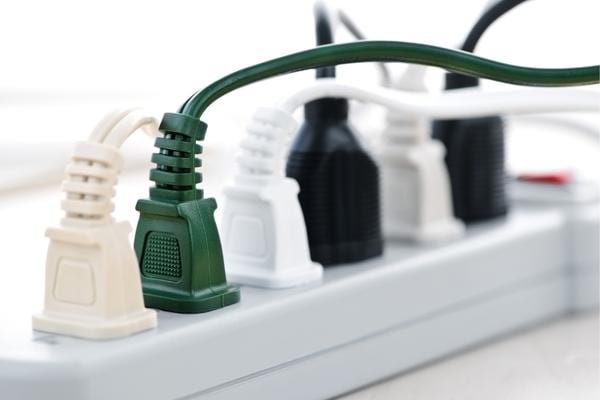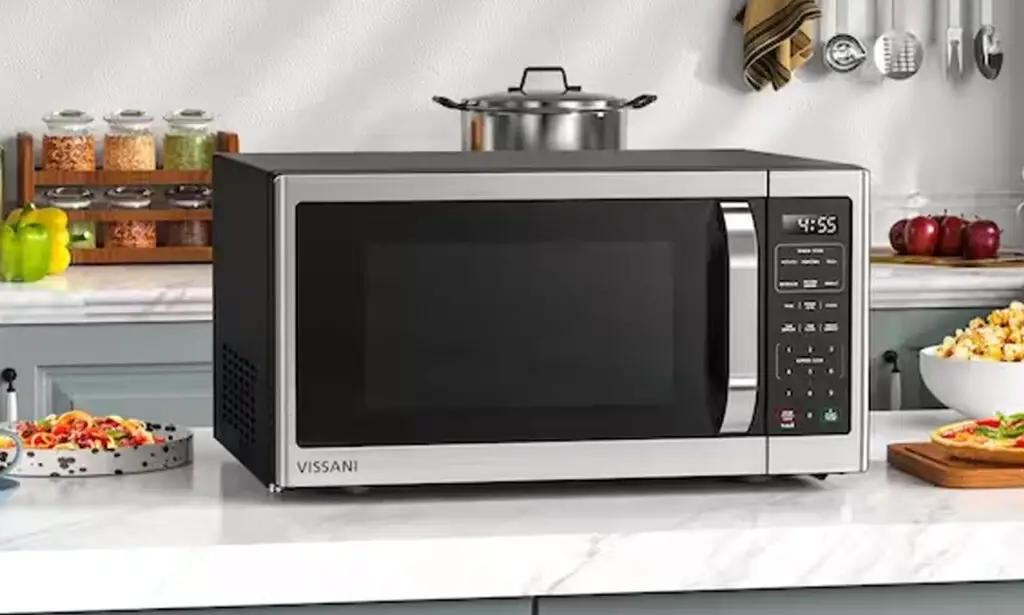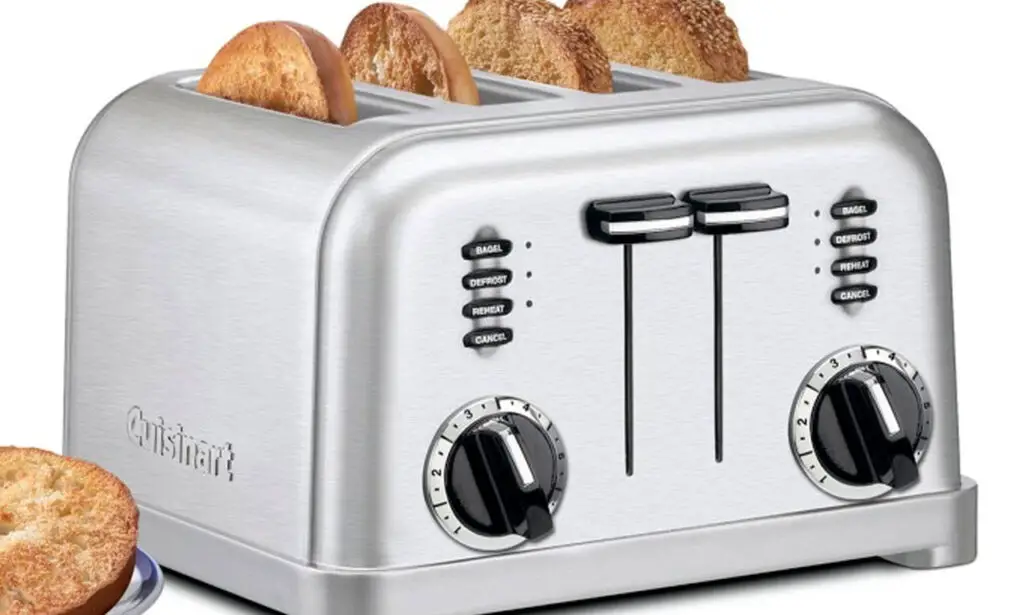
When we think of the past, one of the first thoughts that runs through our mind is how people lived without electricity. Nowadays, we can’t even imagine a day without it because all of our appliances and devices run on electricity.
The truth is, however, that most homes don’t have enough power outlets to keep everything running and charged, so most of us rely on power strips without being aware that appliances that consume a lot of energy become dangerous fire hazards when we plug them into a power strip.
Although power strips are the thing to go to when it comes to charging your phone or power an entertainment setup, there are certain devices that should never be plugged into a power strip.
Air conditioners, space heaters, toasters, and other appliances that use high wattage can easily cause power strips to overheat, which can easily lead to a fire hazard.

Even before plugging anything into a power strip consider the ammount of power they support. This is usually listed on the product itself.
High-capacity appliances need to draw a lot of power through an electrical circuit to work. Keep in mind that an appliance does not need to be large in size to draw large amounts of power.
Below is the list of appliances that should never be plugged into a power strip.
1. The oven: Even though the oven is not used continually, it is a power-hungry appliance that should not be plugged into a power strip. In fact, it should be plugged into its own wall outlet on its own circuit.
2. Refrigerator: Refrigerators require a lot of power and frequently cycle on and off which can easily overload a power strip and cause damage. Much like the oven, refrigerators require a wall outlet dedicated solely to powering the appliance.

3. Washing Machine: When turned on, washing machines pull a lot of power. This is the main reason why these appliances shouldn’t share a receptacle with any other appliance or device.
Most washing machines use a max of up to 1400 watts, putting it dangerously close to the max load of most power strips. On top of that while working, washing machines are usually left unattended and work longer hours, at least an hour, which is long enough for a power strip to overheat.
4. Heating: Portable heaters should never be plugged into a power strip because most of them use 1,500 watts of energy on their high setting and they usually run for extended periods of time.

5. Microwave: Since they consume a lot of energy when used, most microwave ovens are plugged into their own receptacle and that is always a good practice.
6. Coffee Maker: Those who own a coffee maker are not fully aware of the power these appliances use, and this is why they should never be plugged into any sort of power strip or extension cord.

7. Toaster: You may think that browning up slices of bread or bagels doesn’t require a lot of energy, but the truth is that toasters use a lot of energy when in use and they should be plugged directly into the receptacle rather than a power strip.
8. Another Power Strip: Power strips are not meant to be used in conjunction with another power strip, although many people do exactly that. This, however, violates most safety codes because it can easily lead to overloading the electrical system.
9. Electronics (Computer, TV, Router): These types of electronic devices don’t necessarily use a lot of power on their own, but they are sensitive to surges and you can find yourself with a burnt out computer or TV very quickly if you plug them into a power strip.
If you want to protect these sensitive devices from power surges, opt for a power strip that functions as a surge protector.
Newly-unveiled statue of Queen Elizabeth II includes her beloved pet Corgis

A great deal of people felt sorrow upon Queen Elizabeth II’s passing in 2022. She was adored by the public and the longest-reigning monarch in British history, having ruled for 70 years.
The late queen is now being honored with a monument that was recently unveiled, honoring her affection for her pet corgis!
The Queen’s new statue, together with her dogs
On Sunday, a 7-foot-tall bronze statue of Queen Elizabeth was unveiled in observance of the monarch’s 98th birthday.

In Oakham, England, the sculpture was made by artist Hywel Pratley and is situated close to the Oakham Library. It is Queen Elizabeth’s first ever permanent memorial.
Rutland City Council said that hundreds attended the unveiling. There was music from local school bands and bagpipers.
The most priceless feature of this new memorial is that the queen’s cherished Corgis pet is also depicted, immortalized in bronze by the monarch’s feet:

The city authority claims that local schoolchildren created the designs for the Corgi monuments.
In contrast to the many stern and imposing monuments of queens like Queen Victoria, Pratley stated he wanted the statue to portray the idea of Queen Elizabeth as “an almost motherly figure,” according to the New York Times.
During the unveiling, local dignitary Sarah Furness remarked, “What most of us remember about Queen Elizabeth is her warmth.” “We demonstrate Queen Elizabeth’s humanity by showcasing her affection for dogs.”

The statue’s creator claims that he intended it to be hospitable to onlookers. Pratley said, “We designed it with a bench you can sit on.” “And there’s a corgi you can pet, and I do believe that this will eventually become a selfie-encouraging statue.”
The Times reports that a number of Corgi owners brought their dogs to the unveiling, indicating that a large number of people have already visited the statue.
The history of Queen Elizabeth’s Corgis pet
For many years, the Queen’s corgis were an iconic aspect of her life and a solace during tough political and personal times. Fans all throughout the world were likewise pleased by the cute pets.
The first Corgi was acquired by the royal family in 1933 when Dookie, a dog owned by Elizabeth’s father and predecessor George VI (who was then the Duke of York), was brought home.

Dookie was reportedly extremely cantankerous, yet Elizabeth and him appeared to have a unique relationship.
Then, on her eighteenth birthday, the Queen received a Pembroke Welsh corgi of her own, named Susan.
Susan reportedly slipped under a rug in the royal carriage to disrupt the wedding of the Queen and her husband, Prince Philip, according to the BBC.
1959 saw Susan’s death at the age of almost fifteen. Her epitaph referred to her as “the faithful companion of the Queen,” and she was laid to rest at the royal estate of Sandringham House.
The Queen stated, “I had always feared losing her, but I am ever so thankful that her suffering was so mercifully brief.”
But Susan left quite the legacy; during the ensuing few decades, the Queen accumulated over thirty corgis, all descended from her original canine companion.
The Queen always had at least one corgi, and often had several at once, from 1933 until 2018. She traveled with the dogs in tow, and they resided in a designated “Corgi room” at Buckingham Palace with wicker beds. It is said that the Queen took care of them personally and baked them biscuits over the holiday season.

These canines undoubtedly received royal treatment and grew to represent the Queen throughout her life.
While Elizabeth valued the dogs greatly, Prince Philip apparently didn’t feel the same way. Like many others, she took great solace from the dogs, who served as a link to the simpler times in her early years due to their relationship with her late father and her upbringing.
According to Penny Junor, a royal biographer, “her corgis are hugely important to her.” Over time, they have become more intimate with her than any human has ever been. She has never been let down by the incredibly affectionate and devoted corgis.

It also makes sense that the Queen, who represents both Britain and the United Kingdom, would have a strong bond with a quintessential British dog. Wales, a member of the UK and a neighbor of England, is where corgis first originated. When corgis were adopted as royal dogs, the breed was rare in England; yet, the Queen had a major role in the globalization of the breed.
The Queen owned several “dorgis,” or corgis bred with daschshunds, in addition to purebred Pembroke Welsh Corgis.
When the corgis and dorgis appeared alongside Queen Elizabeth on the cover of Vanity Fair in 2016, they became well-known worldwide because to Annie Leibovitz’s photography. At the time, the dogs were Candy, Vulcan, Willow, and Holly.
A notable aspect of Queen Elizabeth’s reign and a significant aspect of her life were her corgis. Their inclusion in this first memorial statue of her seems so fitting.
Please tell this tale!



Leave a Reply